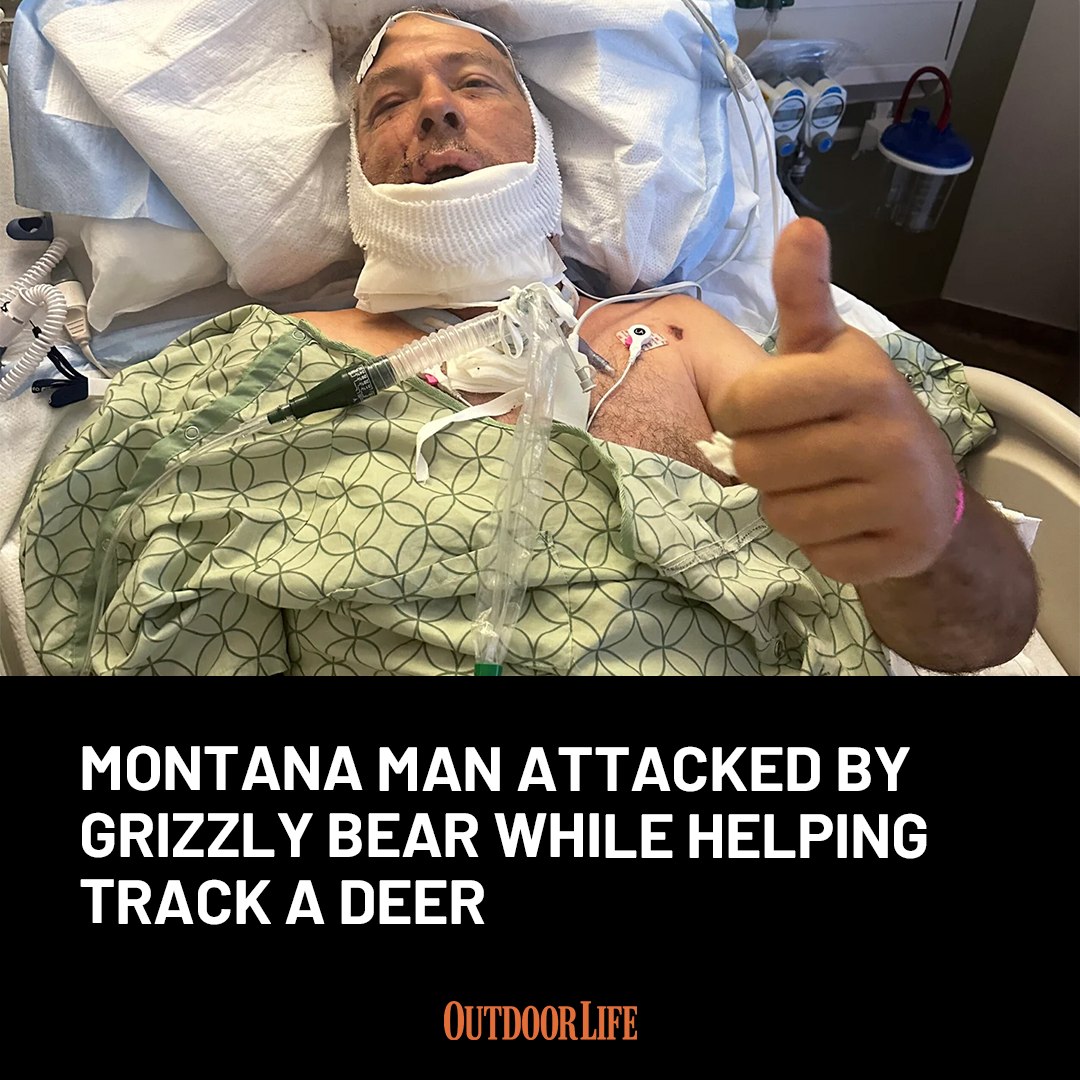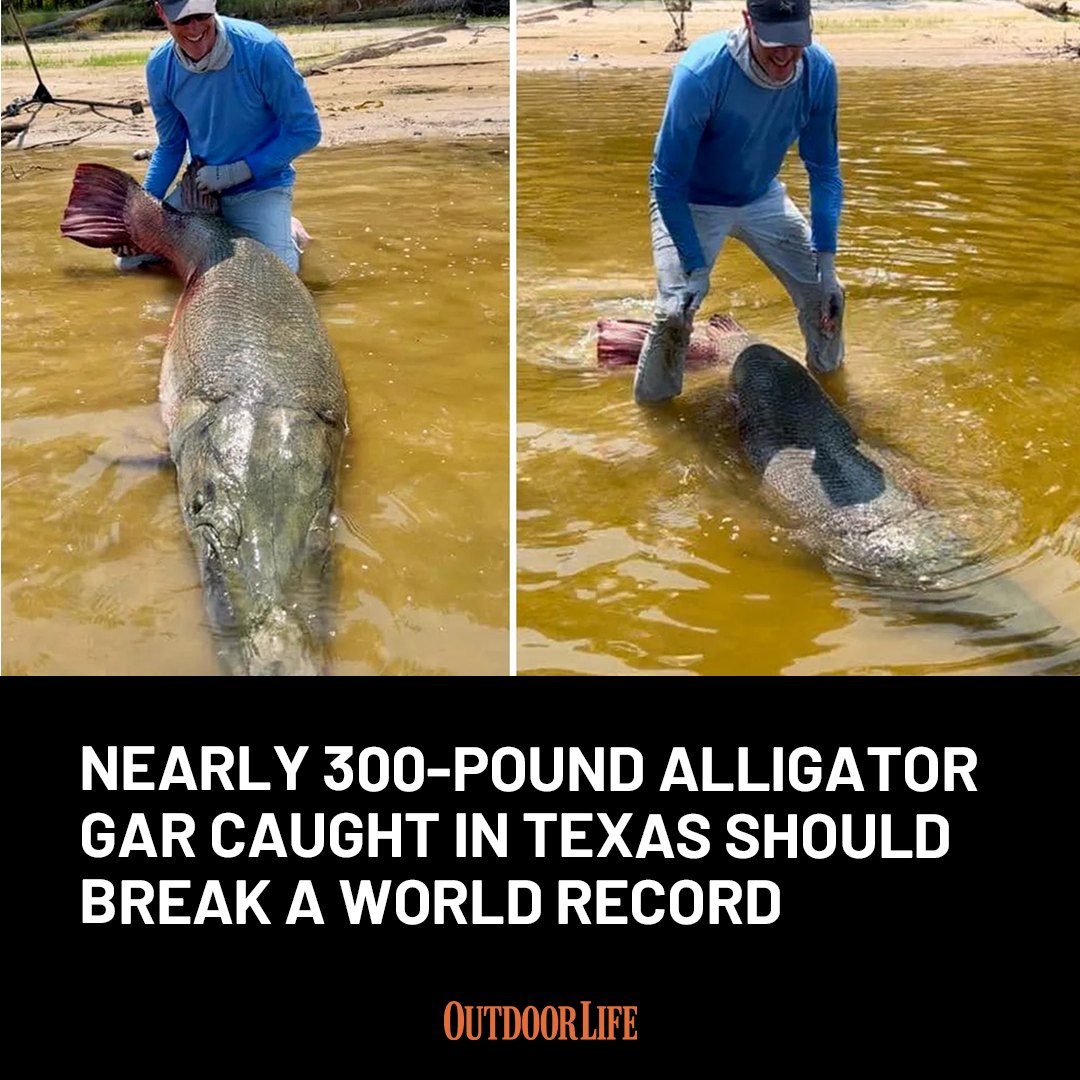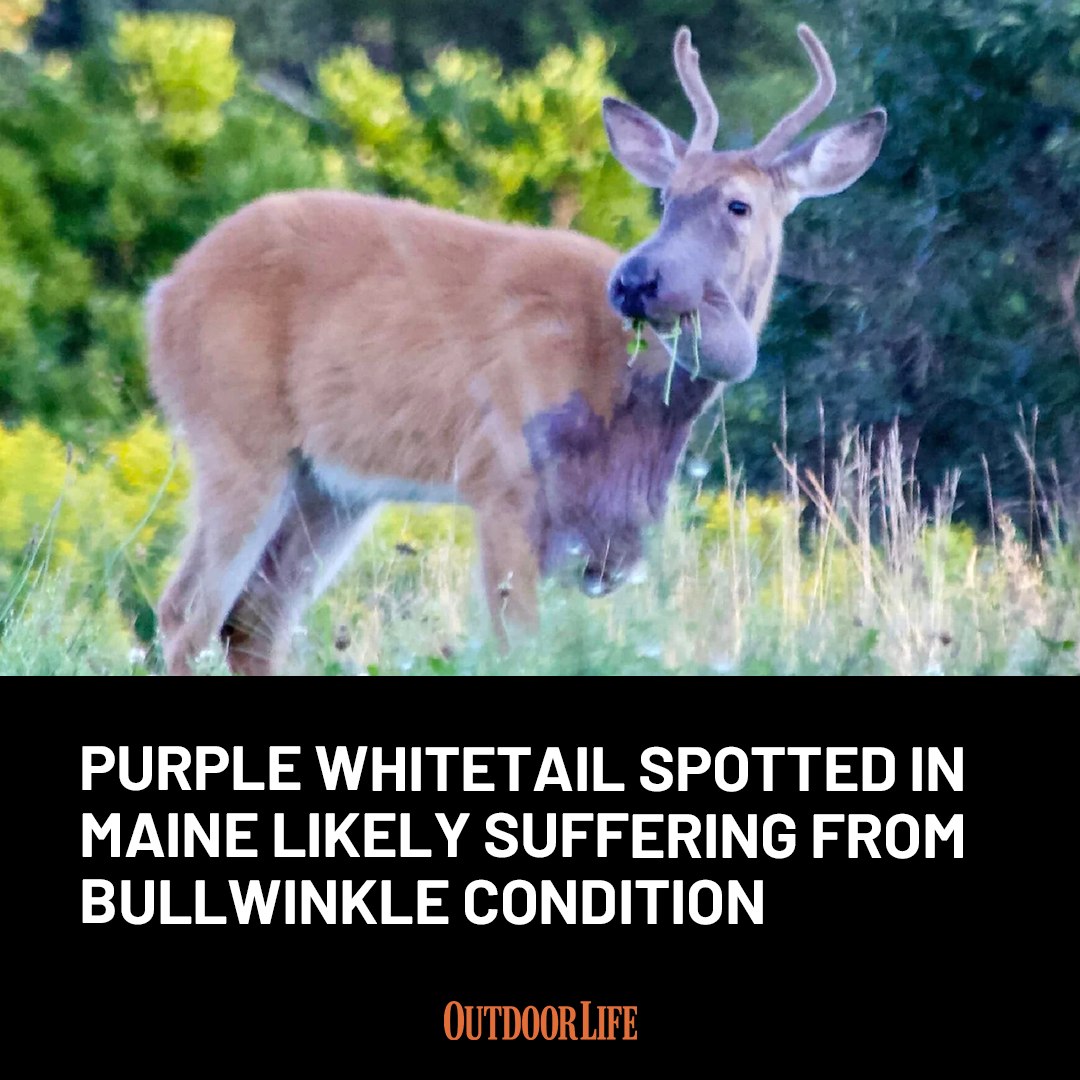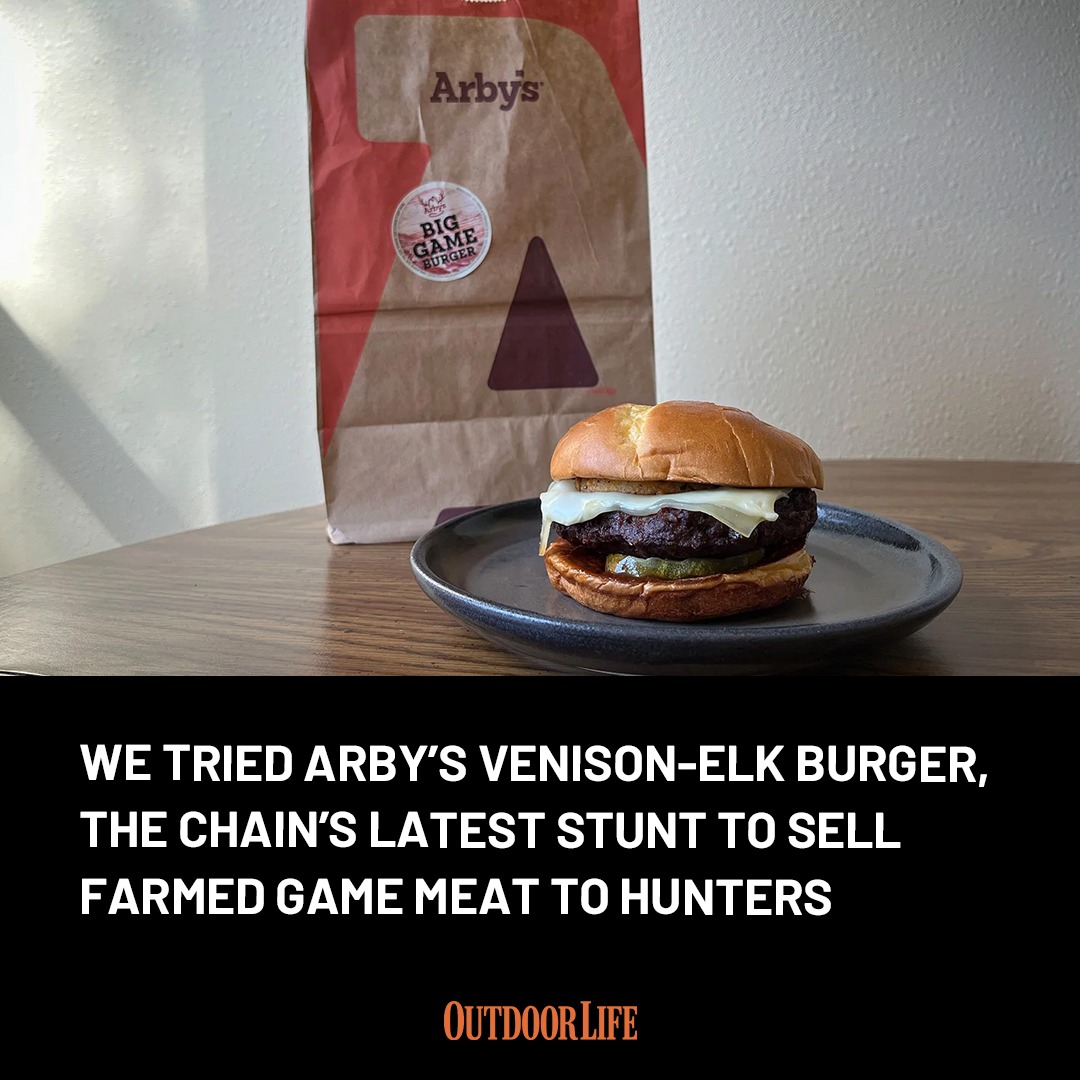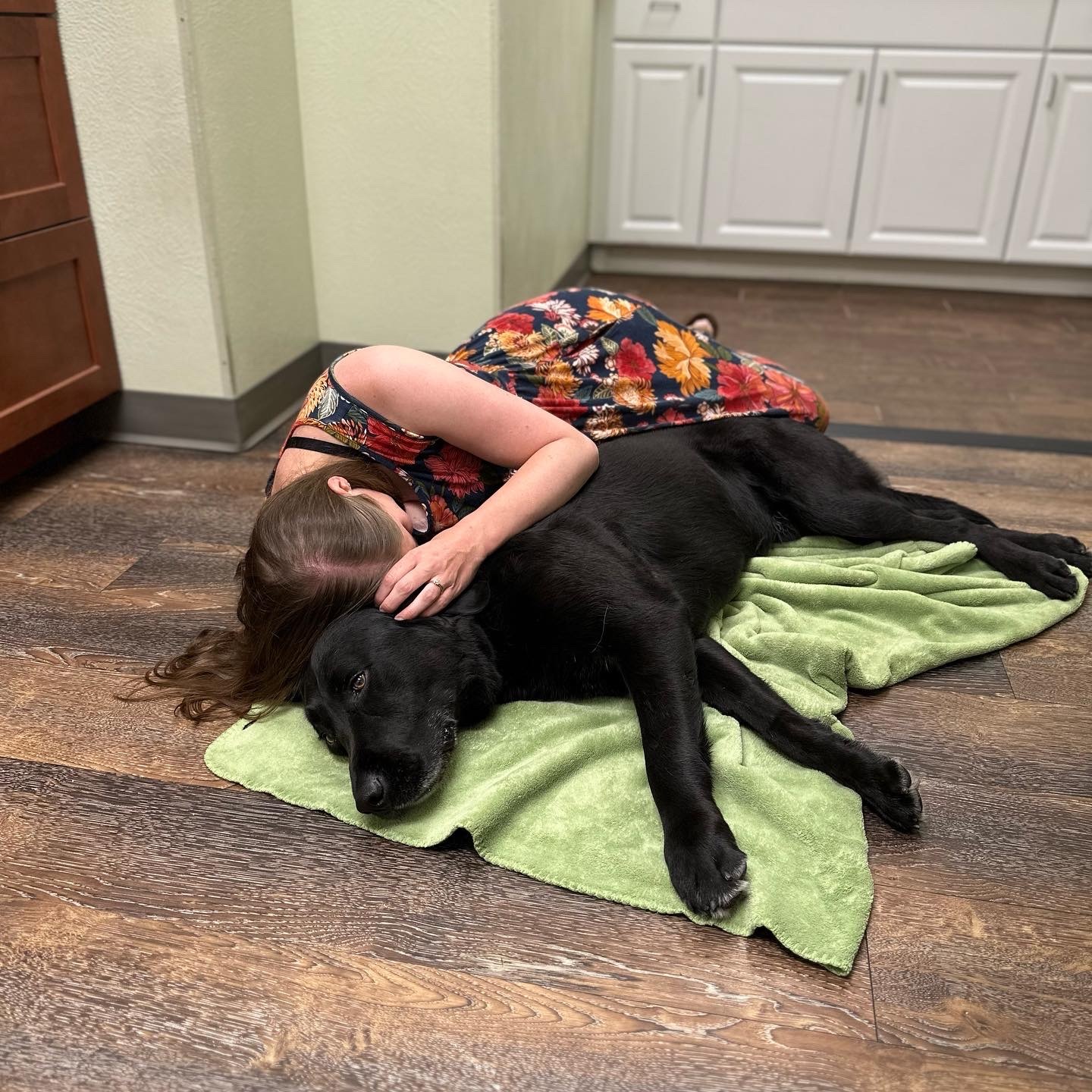Now, Noorlander will have to learn how to speak, smile, laugh, chew, and swallow with his new jaw. For the last five weeks, he has communicated with loved ones and medical personnel by writing on a small whiteboard. He dreams of slurping down a root beer float, and tasting a meal from the new Texas Roadhouse that was recently built near his home. He’s been eating through a stomach tube, and will continue to do so until the surgical wounds in his mouth, throat, and neck heal fully and the risk of infection decreases.

“Only by the hands of God am I here,” Noorlander wrote on his whiteboard, which Davis read at the press conference. “I’ve had a lot of inspiration and I felt the need to share my story with others. Believe it or not, I believe this attack was an answer to my prayers and that I could potentially help someone else going through something similar.”
Noorlander hopes to return to Montana on Monday.
Noorlander, 61, owns Alpine Adventures, a snowmobile and ATV rental company in Big Sky. A father-son duo had rented ATVs from him for their deer hunt, Davis tells Outdoor Life. When they returned the ATVs and told Noorlander they couldn’t track down a deer they had shot after searching extensively for it, he insisted on taking them back into the area to help.
“He went up his regular trail that he takes all the time. He knows it like the back of his hand,” Davis says. “My dad is always super prepared. He wants to be on ‘Survivor.’ He’s tried to audition. He had bear spray, had his gun…”
While helping the hunters, Noorlander ended up tracking a different deer in the area—one that two grizzly bears were already on.
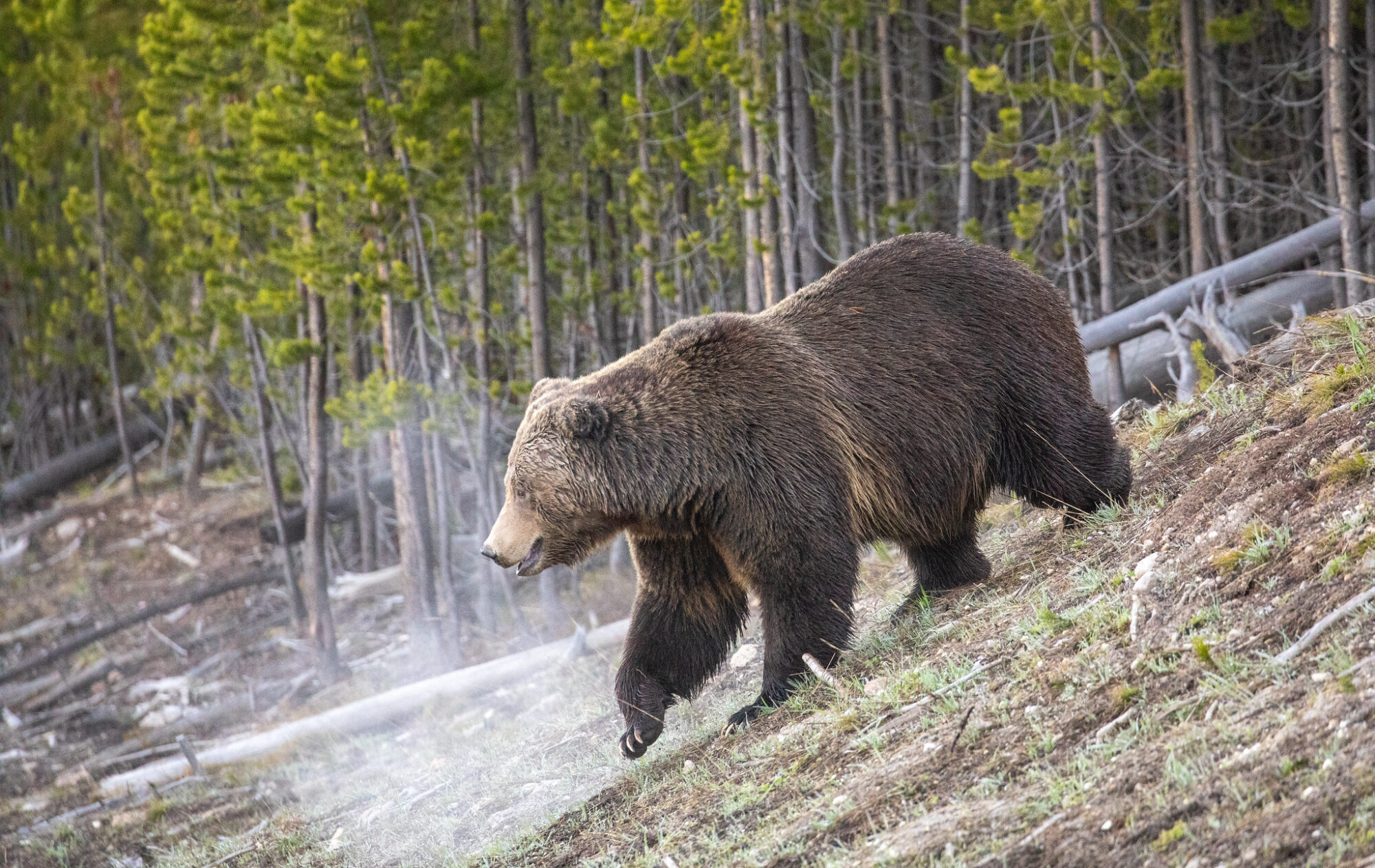
“My dad saw a smaller adult grizzly bear from farther away. He started to pull his gun out, just to be safe,” Davis says. “He was behind a tree, and from the time that he looked over at the smaller adult grizzly, a different one that he describes as a 10-foot mega-grizzly bear was on him in a second. He didn’t have time to do anything. He tried to shoot the bear, but his gun misfired. He didn’t have time to play dead. So he punched the bear in the nose.”
What happened next resulted in injuries so severe that Noorlander had to write the story down on a whiteboard in the hospital for Davis to read.
“The bear locked onto his jaw, mouth to mouth, and ripped off his whole lower jaw, and got part of his trachea, too,” Davis says. “That’s the biggest and worst injury. The bear also scratched his chest open, it bit his right leg multiple times and bit his left bicep. He’s a fighter through and through and stayed awake through all of it, and was trying to fight the bear off the whole time.”
The father and son heard Noorlander’s screams. Worried they would hit Noorlander if they tried shooting the bear, the hunters threw rocks to scare the grizzly away and called emergency responders.
“I don’t know how he didn’t pass out immediately from shock or from the pain,” Davis says. “The hunters stayed with him and kept asking him if he was okay, and he just kept giving thumbs up.”
Madison County Dispatch received the call at 1:47 p.m., a press release from Gallatin County Sheriff Search and Rescue reads. GCSSAR, Montana Fish, Wildlife, and Parks law enforcement, U.S. Forest Service law enforcement, Life Flight, and Gallatin County Sheriff’s deputies all responded to the scene. By the time Noorlander received treatment, he’d been on the ground fully conscious with no lower jaw, a collapsed lung, and severe lacerations all over his body for two hours, Davis says. The duo stayed with him until a helicopter was finally able to land in the area. She described the team that responded to him as “amazing.”
Noorlander eventually made it to Bozeman Health Deaconess Regional Medical Center, where he underwent emergency stabilization surgery. Doctors conducted a tracheostomy and inserted a chest tube. He was then flown to University of Utah hospital in Salt Lake City, where he currently resides in the ICU.
“He’s doing a lot better. He’s off the ventilator now, and his first of many major reconstructive surgeries is tomorrow,” Davis says, noting that she accompanied him on his first walk around the hospital yesterday. “It’s going to be a long road to recovery. They’ll put a plate in tomorrow, but it will take months for full reconstruction. They’ll take a whole fibula from one of his legs and reconstruct his jaw with his leg bone. It’s wild.”
Noorlander is a Navy veteran and has VA insurance, but he’s still unsure how many of the reconstructive surgeries he needs will be covered, Davis says. She set up a GoFundMe page for him and posted it to her Facebook profile.
As a labor and delivery nurse in California, Davis says this has forever changed how she views working in healthcare.
“Everything is immensely different when you’re on the other side of the coin,” she says. “I will be a better nurse now, because you realize how much you crave those details and crave people telling you what’s going on. But everyone here has been so amazing.”
Watch Next: Relocated Grizzly Bear Released from Trap Steals Camera
The attack occurred less than a week after FWP officials euthanized a 10-year-old female grizzly bear for breaking into an occupied home through a kitchen window and stealing dog food in West Yellowstone, 47 miles south of Big Sky. The sow had a cub in tow during the incident, which happened on the morning of Sept. 2. Genetic analysis and identifying characteristics revealed that the sow and cub were also involved in the death of Amie Adamson, a 48-year-old female runner from Kansas. A hiker discovered Adamson’s body near the Buttermilk Trail in West Yellowstone on the morning of July 22.
Friday’s attack also marks the fourth close encounter between outdoorsmen and grizzly bears in the region in less than a month. The attacking grizzlies were shot and killed in the other three encounters, and all three shootings were deemed self-defense.
Editor’s Note: This story was updated on Oct. 13 with new information from Rudy Noorlander, his daughters, and his surgeon.
